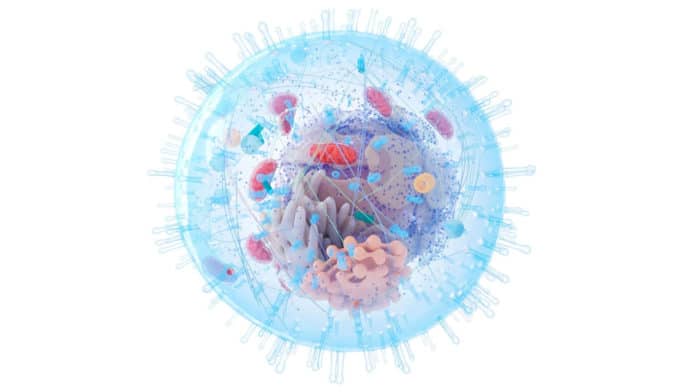When we have something, the essential nutrients and other valuable components within the food are metabolized and find their way to cells throughout the body. When the metabolites reach the cell, they are completely broken down and segregated from one another so that each can play a role in specific functions that the mitochondria perform.
How do Metabolites find their way to mitochondria? A new study by the Yale School of Medicine identified the molecular machinery through which many metabolites reach inside the mitochondria.
Scientists especially focused on the human SLC25 carrier family. With 53 members, the SLC25 is the largest solute transporter family in humans, responsible for metabolite translocation across the mitochondrial membrane.
Hongying Shen, Ph.D., assistant professor of cellular & molecular physiology at Yale School of Medicine and a member of Yale’s Systems Biology Institute, said, “Each of the 53 transporters has a distinct assignment. They are structural, sequence-wise, and very similar to each other, but they have this amazing specificity. One is dedicated to a certain type of nutrients, and the other is dedicated to other metabolites or nutrients. So there seems to be a very tight regulation in terms of specificity to recognize metabolites being transported.”
“We are particularly interested in human diseases affecting the brain that include psychiatric disorders and neurodegenerative disorders. In fact, there have been de novo mutations in the gene SLC25A39 that have been implicated in autism. And also, A39 has been recently implicated in Parkinson’s disease where oxidative stress was proposed as a pathological mechanism.”
This study could pave the way toward potential regulation of what enters the cell, with the goal of preventing or mitigating disease.
Shen said, “One day in the future, it is conceivable that biomarkers could associate conditions such as neurodegeneration with the metabolic processes we are studying. That could lead to new treatments for disease.”
“Then we can perhaps change our metabolism by diet and nutrition and all kinds of methods to intervene with that. If we could discover these processes and identify the metabolites, can we use dietary intervention to slow the disease onset or disease progression? There’s a long way to go [before we might accomplish that], but it’s something.”
Journal Reference:
- Jonathan J. Ruprecht et al. The SLC25 Mitochondrial Carrier Family: Structure and Mechanism. Nature Communications, 2022; DOI: 10.1016/j.tibs.2019.11.001
